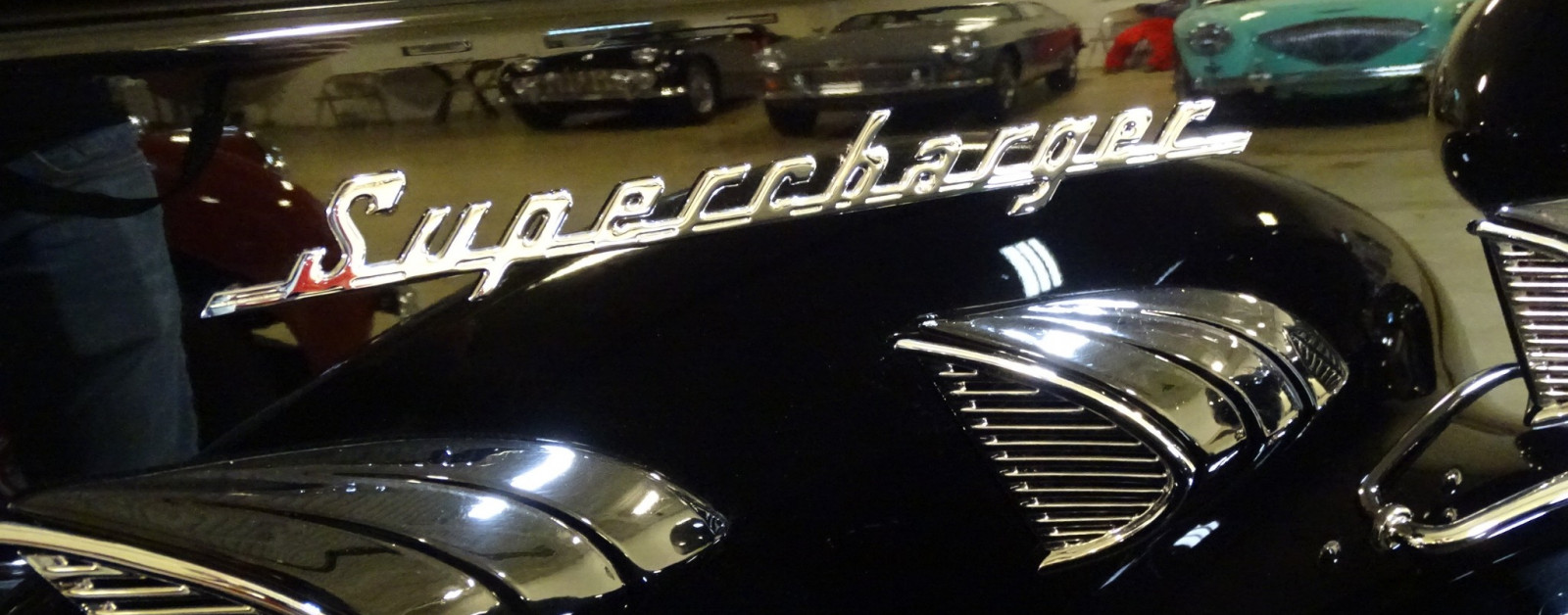Plymouth GTX – the Ultimate Muscle Car?
by Brian Edwards Platinum Quality Author
General Motors changed the car market in 1964 with the introduction of the GTO. By stuffing a large engine into a mid-sized car they created the muscle car. Sales exploded and the other GM divisions had to have a piece of the action. Chevrolet, Oldsmobile and Buick quickly produced high performance versions of their mid-sized cars also. The management at Plymouth was caught asleep when this happened and it took a couple of years to come up with a viable alternative. That alternative was the Plymouth GTX.
In 1967 Plymouth introduced one of the all time muscle car legends. The GTX only came with two engine choices. The more affordable of the two was the 440 cubic inch big block rated at 375 horse power. The other choice was the fearsome 426 cubic inch Hemi with a conservatively rating of 425 horse power. These cars were performers and either could do zero to sixty consistently in the six second range. That’s not all, according to Motor Trend Magazine the GTX was on of the best handling cars of its size produced during that era. The GTX was a solid performer and sales were brisk with nearly 13,000 produced in 1967.
In 1968, the GTX was restyled along with the rest of Chrysler’s intermediates. This design which was shared with the Dodge Charger, Super Bee and the newly introduced Plymouth Road Runner was an instant classic and is the picture most people visualize when they think of classic cars of the 1960′s. Engine choices remained the same and performance was exceptionally strong. Car Life Magazine called the GTX “The fastest and the most powerful standard car built in America. And the 440 is not far behind.” Sales increased to over 18,000.
The GTX remained basically the same in 1969 and 1970. There was little need to change the car from a performance prospective. It was the car to beat. Changes were relegated to grill and rear end updates. The power plants remained the same with the exception of the 440 cubic inch big block in 1970. In 1970 Plymouth added a third engine option to the list. It was the famous 440 Six Barrel. The Six Barrel was actually a tri of two barrel carburetors mounted on top of the engine. Not only was it cool to look at but it added about 35 horse power to the car.
In 1969 Plymouth sold almost 15,000 of the cars. However, in 1970 sales had dropped to about 7,000. The car was the same. It was the market that changed.. The muscle car era was ending rapidity. High fuel prices, high insurance rates and a slowing economy had people looking for small cars with good gas mileage.
Chrysler introduced a new design for their intermediates in 1971. The design was heavily influenced by the design of jet aircraft. It was a forward leaning design and the front end of the car resembled the intake of jet aircraft. It was a love it or hate it kind of look. Unfortunately, the era of large powered cars was over and would not return for almost twenty five years. Sales dropped to about 2,600 units.
Plymouth continued the GTX name for a few more years as an option package on the Road Runner. It was never the same. The GTX had come to the performance car market late and like a shooting star it burned very bright for a while and then faded away. Today collectors and enthusiasts actively seek out this series because of their good looks, impressive power and relatively scarcity.
Learn more about Plymouth muscle cars at Muscle Car Facts a website dedicated to all the muscle cars of the past.
Article Source: http://EzineArticles.com/?expert=Brian_Edwards

 To request an appraisal, please complete the sections below:
To request an appraisal, please complete the sections below: